Aromatic oils: properties and uses

Now you can see aromatic oils on store shelves, pharmacies and specialized points of sale. Not everyone knows why they are needed, how they differ and what is included in their composition. In order to use them correctly and for their intended purpose and at the same time receive benefits, you need to understand them well, know the properties of each product and recommendations for their use.
Properties
Essential oils have a very wide spectrum of action and help with a wide variety of problem situations. Among the main properties of aromatic oil are:
- acts as an antispasmodic;
- helps to reduce headaches;
- may be an antiseptic;
- has a calming effect;
- may have an aphrodisiac effect;
- stimulates the work of mental activity.

Before using essential oil, you need to know exactly the indications for its use, because it can have a strong effect, which may not always be positive. To know exactly which oils you need to take in a given situation, it is worth considering their purpose.
- Anise it is used for colds, tonsillitis and bronchitis, and also has a positive effect in the case of weakened immunity.
- Bergamot refers to oils that are best not used in the sun, as the effect will be unpredictable. The oil itself is used for problems with the immune system, for insomnia, fatigue and depression, in addition, it helps with burn injuries, promotes intensive care of the skin and hair.
- Valerian effectively combats severe headaches, also helps those who suffer from insomnia to fall asleep, soothes the nervous system in cases of depression and improves performance.
- Verbena effective in case of severe headache, helps to cope with insomnia, depression and fatigue. It also copes well with wounds and burns and is used for rheumatism, osteochondrosis and radiculitis.
- Carnation can help cope with colds, sore throats and bronchitis. Also, this ether effectively heals wounds and burns, helps in the treatment of rheumatism, osteochondrosis and injuries of varying severity, in addition, it is used as a skin and hair care product.
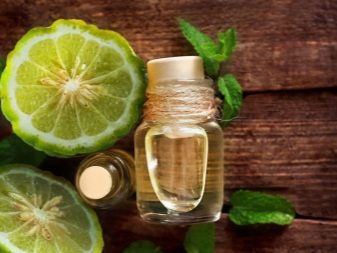
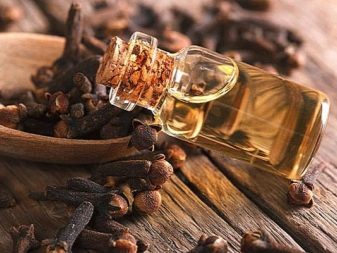
- Geranium helps to fight colds well.
- Grapefruit refers to those oils that are best not used in the sun. Effectively helps with sleep disorders, fatigue and depression, helps to increase the body's resistance to viral diseases.
- Oregano, ylang-ylang and jasmine help to save the skin after burns or in case of injuries, give proper care to the skin and hair.
- Ginger very effectively helps with colds, tonsillitis and bronchitis, eliminates headaches, improves immunity, provides skin and hair care, reduces the manifestations of osteochondrosis, sciatica and rheumatism.
- Lavender fights burns, improves the condition of the skin and hair, helps relieve fatigue and sleep problems, and normalizes the activity of the nervous system.
- Marjoram effective for colds, weakened immunity, migraines and malfunctions of the musculoskeletal system.
This is not a complete list of all the components from which essential oils are made, which have both cosmetic and therapeutic effects. Having an idea of what and in what cases to take, you can protect yourself from unwanted consequences.
As for aromatic oils, they are created on the basis of the above substances, which are included in the composition, but in a much lower concentration. They do not have that effect, but only flavor the space.
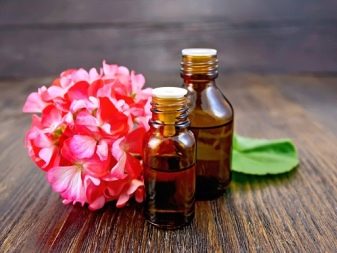
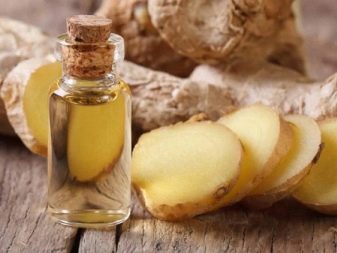
Varieties
Since essential oils exist in huge quantities, it is important to understand how they differ and what types of these formulations may be.
By plant source:
- from berries - cloves, allspice;
- made of wood - camphor, sandalwood;
- from seed - nutmegs, sandalwood;
- from rhizomes - ginger, galangal;
- resin - myrrh, incense;
- leaf-based - basil, eucalyptus;
- from inflorescences - chamomile, jasmine.
By way of receiving:
- by distillation - procedures for evaporation of liquids;
- thanks to extraction - the process of combining raw materials with an extractant, which is then removed, leaving pure essential oil;
- thanks to pressing - the use of mechanical wringing.
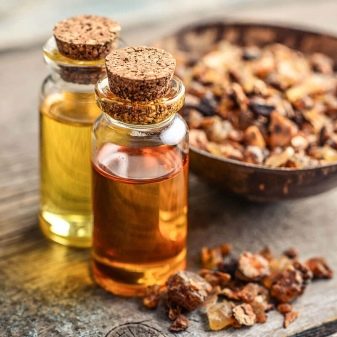
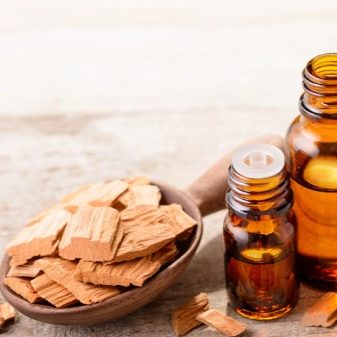
By the effect on the body:
- have a refreshing effect - orange, lavender, mint;
- stimulating - verbena, clove, rosemary;
- cleansing - orange, lavender, nutmeg;
- harmonizing - vanilla, jasmine, cedar, pink, sandalwood;
- relaxing - orange, lavender, chamomile;
- calming - vanilla, jasmine, dill;
- strengthening - vervain, angelica, cedar, nutmeg, rosemary;
- anti-stressm - bergamot, geranium, jasmine, coriander, lavender;
- sensual - orange, bergamot, jasmine, cardamom, tangerine, pink, sandalwood.
To obtain an aromatic oil, you need to have an essential component, extracted in the laboratory thanks to painstaking work. The effects of essential and aromatic oils are different.
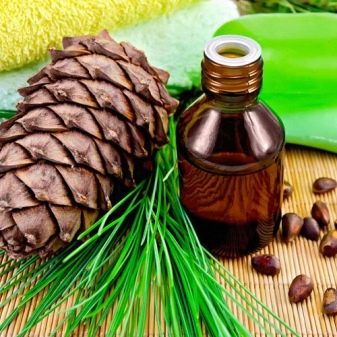
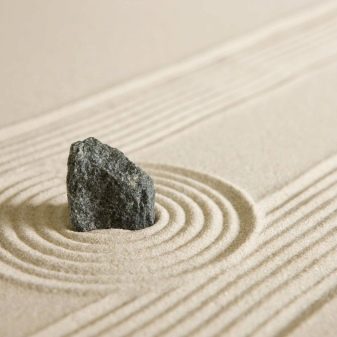
How are aromatic oils different from essential oils?
Essential oil is obtained due to the natural extraction of components from one or another raw material.Aromatic oils of a completely different origin, they are made artificially thanks to knowledge and experience in the laboratory. To obtain an essential oil, you can use the following raw materials:
- flowers;
- leaves;
- roots;
- stems;
- bark.
It is this oil that is prescribed as a medicine or potent substance, because it has a therapeutic effect. They are also used for aromatherapy. With the help of essential compounds, you can soothe pain, accelerate wound healing, and protect the integument of the body from bacteria and viruses.
Despite the fact that aromatic oils are made in laboratory conditions, they contain at least one of the essential oil components, they are made according to its formula. This species does not have a therapeutic effect on the body, because their composition is much simpler and is intended for other purposes. Scented liquids will not be prescribed as an aid in some problematic situations, they are more often used for aromatherapy.
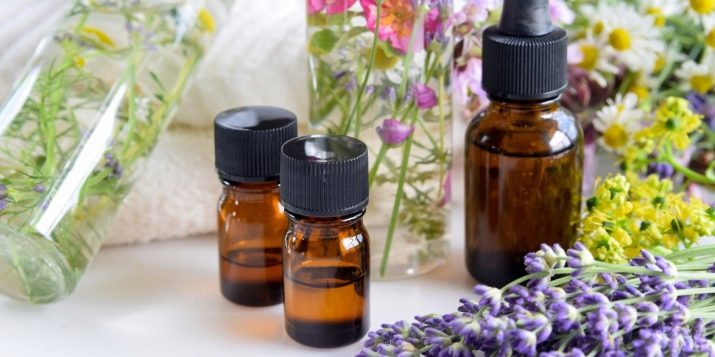
The effect of an essential oil on a person will be different due to the variability of the raw materials from which it is made. The task of the production where such oil is made is to find organic mixtures that, in addition to the benefits of their composition, will also have a pleasant smell. The procedure for obtaining such a substance is rather laborious, in contrast to aromatic oil, therefore the cost of each of the products is different.
To understand what exactly you purchased, which of the oil options, you can conduct a comparative analysis:
- the raw materials for essential oils are flowers, roots, bark and other organic compounds;
- essential oils have a therapeutic effect, while aromatic oils do not;
- the cost of essential oils is much more expensive than aromatic oils;
- essential oil does not leave a greasy mark on paper or fabric, but aromatic oil will make it visible;
- the composition of essential oils is much more complex than aromatic oils due to the way they are obtained.
The smell of essential oil is sharp and strong, because this is the squeeze of a plant, in addition, you can feel the taste of the raw material from which it is made. They are used in solutions for inhalation, are included in medicinal ointments and creams, have anti-inflammatory and antibacterial effects. The scope of application of aroma oils is much narrower - they must aromatize rooms, for which sticks with different smells, paraffin candles with different aromas are created. Although the composition of both oils is very similar, the application and main functions are fundamentally different, therefore it is important to know what and when to use.
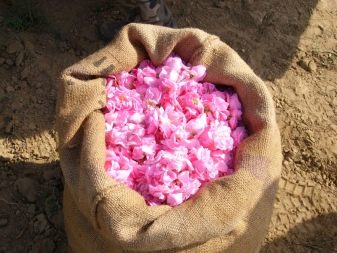

Combinations of aromas
Both essential and aromatic oils need to be properly combined. If there is no deep knowledge in this area, then it is worth understanding the main rule that it is impossible to combine more than three fragrances. The mixing procedure also has its own characteristics. Add one additional oil to the base oil, leaving them for at least half an hour to ripen, and then continue mixing with another aroma. At each stage, it is important to mix the contents of the bottle well so that the smell and substance become homogeneous.
Another rule concerns the functional purpose of oils. For example, you do not need to combine tonic and relaxing to relax in the bathroom. If we talk about smells, then it is worth remembering that rose and lavender enhance the aroma of those compounds with which they are mixed, and citrus fruits are well suited for combining with coniferous oils. If essential oils are used, then their effect can be enhanced by the synergistic effect, when different substances with the same orientation are combined in one bubble. For example, if you combine the oil of myrrh and lavender, then you can observe an increase in the analgesic and healing effect inherent in the second component. The combination of myrrh and tea tree oil increases the anti-inflammatory and antiseptic effect of the second substance.
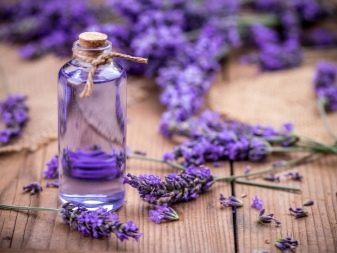

If oils have harsh or unpleasant aromas, you can correct them using the principle of complementarity. Usually this option is used to soften one of the main ingredients. For example, lemon oil works well with ylang ylang, while lavender and rosemary can help reduce the pungent mint smell. It is important to apply the correcting agent in a proportion not exceeding 30% of the main component.
When combining different oils, you also need to think about the tones that each composition has, which changes the degree of preservation of the odor on the surface. In order for the resulting mixture to be homogeneous and to exude a pleasant aroma all the time, it is important to select components with the same weathering period. Floral and citrus fragrances can even be used instead of perfumes without diluting them with alcohol, but the duration of the scent on the skin will be quite short.
When choosing aromatic oils as a perfume substitute, it is important to avoid harsh, peppery and similar aromas, otherwise the effect of use will be the opposite.

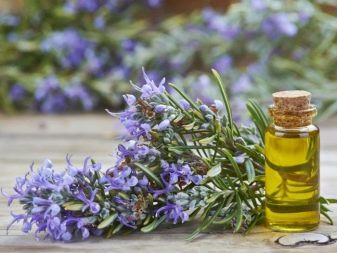
Application Tips
Aromatherapy at home can be a sufficient number of procedures with different effects. Aromatic and essential oils can be used for treatments such as:
- baths or baths;
- massage;
- inhalation;
- compress;
- additive to cosmetics;
- use with lamps and stones;
- the use of aroma pendants.
At home, if you wish, you can do any of the above procedures, and each of them will be aimed at a specific task. If we talk about baths or saunas, then they are ideal for relaxation and stress relief, especially after a hard day at work. Sandalwood or lavender oil helps best in this case, the composition of geranium and rose does a good job with the goal. A composition of juniper and verbena is best for relaxing muscles after sports activities. Bathing procedures can even be useful for treating colds, if you use lemon or pine oil.

For an aromatic bath or steam bath, it is important to wash your skin well and not apply gel or shampoo. The procedure should not last more than half an hour, and at the end the body should dry up on its own, without additional wiping with towels.
Another way to use aroma oils is massage. With its help, you can relax the body, improve its condition, make a more toned and slender figure, and remove cellulite. So that the session will bring not only results, but also pleasure, it is important to select oils with a pleasant scent that will not cause discomfort.
Coconut, almond, olive oils are best suited for massage, which need no more than one spoon, and about five drops of any essential oil. After the procedure, it is important to be at rest for at least half an hour. It is better to act on the skin in a circular motion, without causing strong pressure and discomfort. This type of massage should have a relaxing effect.
Another option for using oils is inhalation, thanks to which it is possible to quickly and successfully cope with colds. Thanks to inhalation, it is possible to improve the state of immunity, to carry out antiviral effects, and also to speed up the healing process. There are two options for the procedure: cold and hot. The first involves applying a small amount of oil to bedding that is far from the face so that you can freely inhale their scent. The second method is impossible without a special device - an inhaler, where the liquid is placed, which the person breathes.
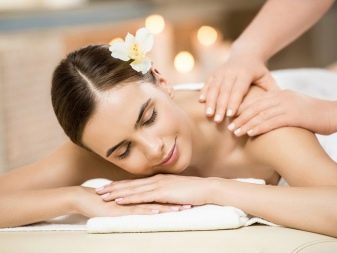
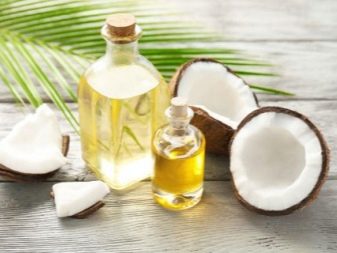
Another option for using oils is aroma lamps and stones, thanks to which it is possible to disinfect and scent the air. If you need to create an acceptable atmosphere in the room, which is especially important in the presence of children, then you cannot do without a humidifier.In each of these options, aromatic or essential oils can be used, but only if they are correctly selected and used. It is best to use citrus or floral scents for a humidifier to keep the room pleasant and fresh and light in the air.
To use an aroma lamp, it is important to first ventilate the room where it will be installed, and then choose the correct composition for filling, which will depend on the room:
- it is better to use something relaxing and calm in the bedroom;
- stimulating compounds are more suitable in the office, which can invigorate when needed;
- in the living room, refreshing aromas that bring a sense of harmony will be most appropriate;
- it is recommended to use cleansing, harmonizing and toning oils in the kitchen;
- for the nursery, it is necessary to choose soothing and harmonizing options.
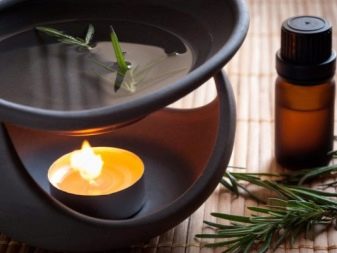
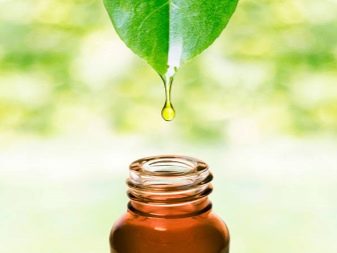
Another option where you can use aromatic and essential oils is to add them to cosmetics. They are best used for creams, shampoos, face masks, hand and foot baths. If you need to enhance any properties, you must mix several types of oils.
Any procedures that are carried out with the help of these aids must be carefully prepared, the components and ingredients are correctly mixed, only then it will be possible to achieve the desired effect.
In the next video, there are three aromatherapy rules that you need to know about in order not to harm your skin using essential oils.








